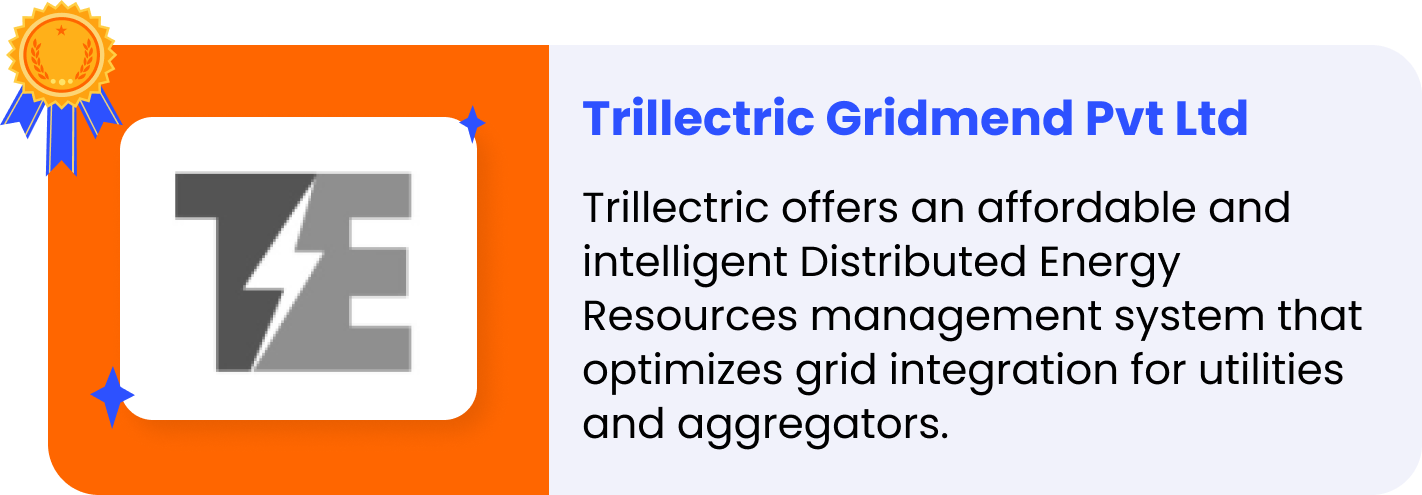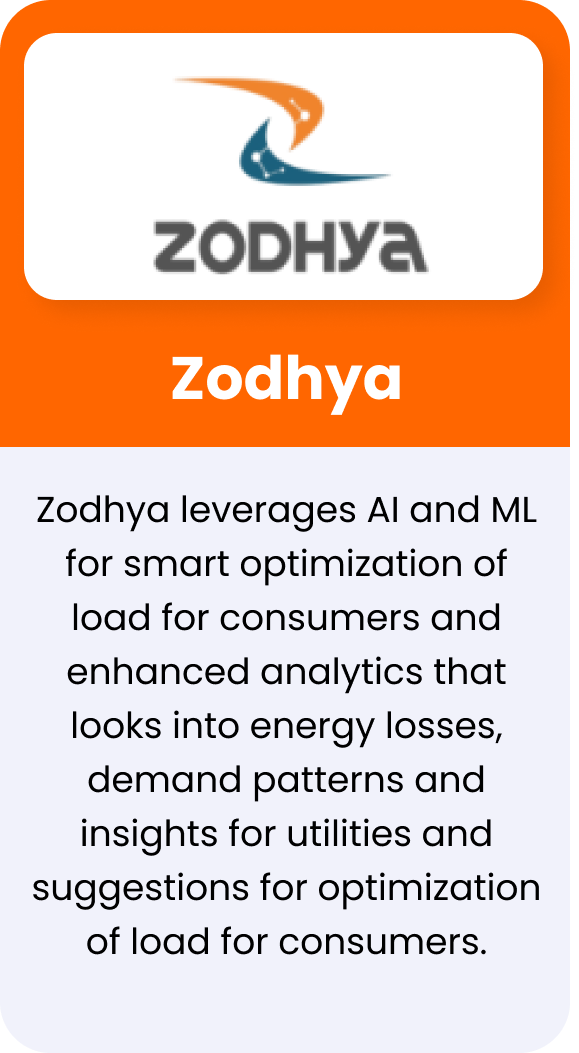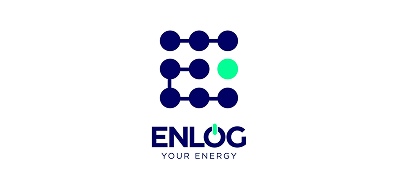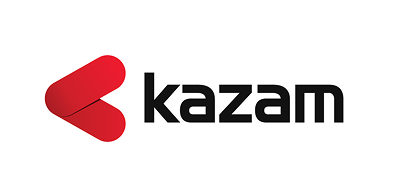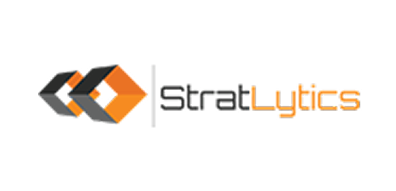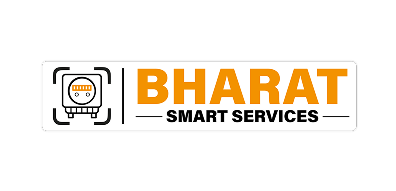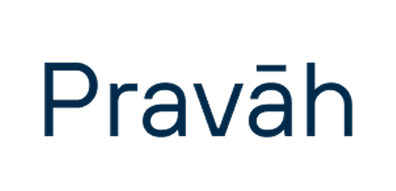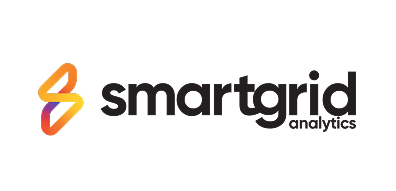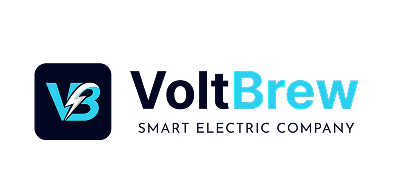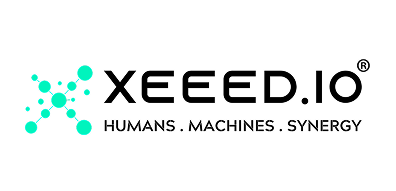-
- Program
- Events
- Case Studies
- Startup Hub
- FAQs
- About Us WooCommerce not Found
- Newsletter
ElectronVibe 2025
with


Here’s your chance to engage with two leading electric utilities, and propose your solutions as an answer to their problem statement(s). Scroll down to find out more.
Time left to apply
Days
Hours
Minutes
Seconds
Program Overview
The program is running two concurrent tracks, each track having been designed based on a specific problem statement defined by our partner electric utilities:
BSES Rajdhani Power Limited (BRPL)
Gujarat Urja Vikas Nigam Limited (GUVNL)
BSES Rajdhani Power Limited (BRPL) Track

Problem Statements
Enabling BRPL to Build a Reliable and Scalable Demand Response (DR) Ecosystem Using Accurate Consumer Data, Appliance-Level Insights, and Dynamic Pricing Mechanisms
What is the problem?
As BRPL continues to serve a dense urban customer base with rising peak loads, Demand Response (DR) offers a critical pathway to reduce stress on the grid, improve reliability, and avoid costly peak power procurement. The goal is to operate DR at scale, by leveraging innovative technology with unique business and pricing mechanisms, eventually offering “negawatts” as a service.
Current DR initiatives are limited by a lack of accurate, real-time data at the appliance level, making it difficult to identify which loads can be shifted or curtailed during peak demand events.
There is also a gap in consumer segmentation and aggregation, which limits BRPL’s ability to control or incentivise flexible demand in a coordinated and impactful manner.
Moreover, for DR to succeed, BRPL needs pricing and demand aggregation mechanisms and that enable transparent price discovery, allowing consumers to respond to price signals, and allowing BRPL to value and trade negawatts effectively in internal or external markets.
A combination of digital platforms, intelligent automation, and granular data coupled with innovative pricing and business models is required to make DR scalable, measurable, and economically viable for BRPL and its consumers.

Solutions could include:
- Appliance-Level Load Disaggregation Tools – AI models that break down aggregate smart meter data into specific appliance usage profiles, enabling better targeting of DR actions.
- Demand Response Management Platforms – Software systems that allow BRPL to design, deploy, and automate DR events based on system needs, user opt-ins, and real-time signals.
- Consumer Segmentation and Aggregation Engines – Tools that cluster consumers based on flexibility potential, usage behaviour, and response history to support virtual DR aggregators or community-level interventions.
- Price Discovery Algorithms for DR Participation – Digital platforms that test and recommend optimal pricing strategies for DR events (e.g. real-time incentives, dynamic tariffs, or bidding systems) to drive maximum participation.
- Verified Negawatt Measurement Systems – Platforms that quantify and validate energy reductions during DR events, providing auditable baselines for internal savings or external trading.
- Smart Consumer Engagement Tools – Mobile apps, dashboards, and automation platforms that inform consumers about DR opportunities, expected savings, and allow opt-in with ease.
- DR-as-a-Service – Tech enabled business model frameworks that enable aggregator-led delivery models, revenue-sharing, or subscription-based DR participation to align incentives and scale adoption.
Gujarat Urja Vikas Nigam Limited (GUVNL) Track

Problem Statements
Enabling Smart Planning and Management of Battery Energy Storage Systems to Support Grid Stability and Maximise Renewable Energy Use
What is the Problem?
As Gujarat adds more solar and wind power, the grid is facing growing challenges from sudden changes in supply and reverse power flow on local feeders. While GUVNL has started integrating battery energy storage systems (BESS) at the 66 kV level, these are not enough to solve local voltage and stability issues caused by high renewable energy injection at the distribution level.
GUVNL now plans to integrate storage at the 11 kV level and even at the transformer level, which can reliably carry renewable energy, unlocking the possibility of 'green feeders'. The vision includes using different types of storage: lithium-ion for short-duration use, flow batteries for medium-duration, and pumped hydro or other technologies for long-duration storage.
Identifying the optimal location, size, and operating strategy for various storage technologies is essential to ensure grid stability, enable energy arbitrage, and maximise the value of renewable energy. Involving technology providers and startups in this effort can help develop flexible, scenario-based approaches that support efficient and scalable deployment of storage across the network.
Tools to Assess and Guide Safe Levels of Rooftop Solar and Distributed Energy Penetration Across GUVNL’s Distribution Network
What is the Problem?
GUVNL is experiencing rapid growth in rooftop solar installations across its distribution network. While this supports Gujarat’s renewable energy goals, it also raises operational concerns such as voltage rise, reverse power flow, thermal loading, and protection system limitations, particularly on rural and lightly loaded feeders.
Currently, there is no standardised, data-driven tool to assess how much solar can safely be integrated at each feeder or transformer level. Without such planning support, GUVNL faces risks of local power quality issues, equipment stress, and delays in processing rooftop solar applications.
To scale distributed renewable energy safely and efficiently, GUVNL requires planning tools that can evaluate grid capacity, simulate solar penetration scenarios, and recommend hosting limits that ensure technical feasibility and grid safety.
Development of AI-Driven Systems for Energy Theft Detection and Prevention
What is the Problem?
As the smart meter rollout expands across Gujarat, GUVNL is capturing high-resolution energy consumption data from consumers across its network. While this data creates new opportunities for improving operations, energy theft and meter tampering remain major concerns, contributing to significant non-technical losses.
Traditional methods for detecting theft, such as manual inspections, random checks, or anomaly reports, are time-consuming and reactive. Without an intelligent layer of analysis, the data collected from smart meters is underutilised, and real-time detection of tampering or suspicious consumption patterns remains a challenge.
GUVNL is looking to move from reactive enforcement to proactive theft detection, with automated systems that can monitor incoming data from meters and feeders, flag abnormalities, and generate actionable alerts for field teams. This shift can improve revenue recovery, reduce inspection effort, and enhance transparency across the network.

Solutions could include:
Siting and Sizing Tools – Solutions that use load data, solar generation trends, and grid conditions to recommend the best size and location for different storage technologies. These tools can help utilities avoid over- or under-investing in storage assets.
Scenario Modelling Platforms – Digital twin or simulation tools that allow utilities to test different storage deployment strategies and understand their impacts on voltage, frequency, and cost under various renewable energy and demand scenarios.
Multi-Technology Storage Management Systems – Control systems that can operate lithium, flow, and long-duration storage together, enabling coordinated energy dispatch, peak shaving, and grid-support services across technologies.
Grid Edge-Based Storage Controllers – Hardware or software systems that help storage units respond locally to reverse power flow, voltage fluctuations, and grid outages, especially on solar-heavy feeders.
Real-Time Monitoring and Forecasting Dashboards – Platforms that combine real-time data with predictive analytics to help utilities manage battery dispatch, update sizing decisions, and ensure each asset delivers maximum value over time.
Feeder-Level Capacity Assessment Tools – Digital platforms that analyse feeder load, voltage profiles, and protection constraints to determine safe levels of rooftop solar and other distributed energy resources.
Simulation and Scenario Modelling Tools – Software that allows engineers to model the impact of distributed solar on voltage stability, transformer loading, and reverse flow under different growth and seasonal scenarios.
Automated Guideline Generation Platforms – Tools that help develop and update renewable hosting capacity guidelines by region or feeder type, ensuring consistency and transparency in rooftop solar approvals.
Grid-Edge Analytics for Voltage and Power Quality Management – Systems that monitor feeder behaviour in real time and detect risks arising from high solar penetration, enabling proactive mitigation.
Anomaly Detection Models – Machine learning models that analyse time-series consumption data, compare trends across similar consumers or feeders, and detect deviations that may indicate energy theft or meter bypassing.
Pattern Recognition for Tampering Behaviours – Algorithms trained on historical cases of meter tampering or bypass to identify likely manipulation patterns in near real-time.
GIS-Tagged Alert Systems – Platforms that generate location-based alerts for suspected theft cases, allowing rapid dispatch of field teams and efficient inspection planning.
Integration with AMI and Billing Systems – Tools that work alongside existing Advanced Metering Infrastructure and billing platforms to correlate consumption anomalies with billing irregularities.
Who should apply?
This program is for:
- Mature power sector startups with developed solutions that are ready to be deployed at scale.
- Startups can either be based in India, or be incorporated in an overseas jurisdiction but have the capacity to set up operations in India.
Problem Statement
Each problem statement has been developed by consulting with a specific Indian electric utility.
Selected startups will be part of the relevant track, chosen at the time of application.
Item #1
Item #2
Item #3
Solutions
Mature power sector startups from India (and potentially, globally) would develop and submit business-cases based on their viable and scalable solutions, in response to the defined problem statements. Such solutions could include (an illustrative and non-comprehensive list):
Item #1
Item #2
Item #3
What’s in it for you?

Gain Domain Experience
Understand the power sector, and how to work with Indian electric utilities, by learning directly from industry experts via a structured training program (delivered via weekly webinars).

Networking
Opportunity to interact with a wide range of mature power sector startups and mentors. You will have regular access to our program partners with diverse expertise in the power sector.

Opportunity to Engage
Throughout the program, there will be opportunities to meet with power sector & Indian electric utility professionals, and engage with them to potentially secure a post-program pilot.
TIMELINE

ElectronVibe 2025 Cohort
BSES Rajdhani Power Limited (BRPL) Track
Gujarat Urja Vikas Nigam Limited (GUVNL) Track
JURY AND MENTORS
The jury and mentors for ElectronVibe 2025 are made up of a handful of power sector experts, utility officers from GUVNL and BRPL that will actively participate in the program

BRPL Juries
- Adarsh Nagarajan, Strategic Initiatives Advisor, BRPL
- Ajay Rawat, General Manager, Director Cell, BRPL
- Avinash Kumar, Additional Vice President, BRPL
GUVNL Juries
- D Y Harsora, Deputy Engineer, Technical Department, GUVNL
- Kandarp B. Mistry, Deputy Engineer, C-NET, GETRI
- Nagajan Parmar, Executive Engineer, Energy Storage System Department, GUVNL
- Sachin Rathod, Junior Engineer, GUVNL
To be announced shortly...
To be announced shortly...


